Cairo – A new study explored the process by which children evolve from novice recruits to fully fledged members of ISIS, as the consecutive defeats from which the terrorist militia suffered pushed its leaders to use the children in the military operations to fill the gaps in the ranks of the militia.
The study, titled “From Cubs to Lions: A Six Stage Model of Child Socialization into the Islamic State”, was published in “Studies of Conflict and Terrorism” issued in 2017. It was presented by political science researcher Nihad Mahmoud in the Future Center for Researches and Progressive Studies.
The study explores this process in the context of “Community of Practice” (COP) as developed by Wenger and Lave in 1988. COP models highlight how newcomers learn and pass through degrees of involvement from the periphery of an organization to the inside.
Other studies confirmed that the strict commitment to specific practices for decades leads to the establishment of a set of habits in the individual which is the basis of the “Community of Practice”. Some terrorist groups, including ISIS, depends on this rule to qualify the children for adopting the same principles and practices of these groups.
Some studies predicted that the abuse and deliberate exploitation of children whether by the state or may later become one of the most important determinants of the course of violence, both by the state and by other actors.
For example, what happened in the Peshawar massacre that erupted in Pakistan in 2014, when gunmen belonging to “Taliban” launched an attack on a school run by the Pakistani army in the city of Peshawar, which resulted in the killing of 132 students. They justified their attack by saying that that they carried out the attack in response to the Pakistani army, which targeted their families. They said that they wanted them to feel the pain they felt after losing their loved ones.
This prophecy was proven later, as The history of children in warfare was documented in Peter Singer’s “Children at War” book. Singer’s catalog includes conflicts in “Colombia, Ecuador, El Salvador, Guatemala, Mexico, Nicaragua, Paraguay, and Peru”. For Example, a large number of children fighted with Lord’s Resistance Army and thousands of children participated in the genocide witnessed in the country in 1990s. In Sudan, over 100 thousand children participate in the civil war witnessed in the country.
As a result, the issue of the recruitment of children has received widespread international attention, reflected in the 2007 United Nations Principles on the involvement of children in armed conflict. One of its most important principles was that the use of persons under 15 years of age in armed conflict was a war crime by the International Criminal Court.
The children also have been used as human shields and as easy targets for hunting in armed conflict. According to a report issued by Oxford Research Group in 2013, more than 11 thousand children have died during the Syrian conflict. It also found that the highest rate of child mortality came from the Syrian city of Aleppo, where more than 2,000 children died. The report highlighted that snipers loyal to the Syrian regime deliberately targeted about 400 children.
The study finds that the main reason for the children to join these groups is that they do not realize the seriousness of what they are doing as minors. Also it is not difficult for the members of these groups to convince children to join them especially if the leaders of these groups exploited their tough conditions to pressure them.
This is the case in Yemen today. If we followed what is happening there we find that the increasing poverty and closure of schools are the main reasons of the children’s acceptance to join the armed groups fighting in the country.
The armed groups also prefer to recruit children because of the low of their use in the military operations if compared to the adult militants. Children are more likely to do some of the tasks assigned to them more efficiently than the adults who may be suspicious during performing any military operations. The extremist groups turned to use the children to carry out some precise tasks, including the smuggling of light weapons through checkpoints and military bases.
As the study focuses on ISIS as an example, it discussed the stages to use the children in the military operations launched by the group
- Seduction: Initial exposure to ISIS ideas, norms and practices through propaganda, peripheral participation in public events, and indirect access to personnel.
- Schooling: Routine, direct exposure to personnel, accompanied by intensive indoctrination.
- Selection: Focused attention from recruiters, screening for aptitude and grooming for military training or other roles (e.g., spying).
- Subjugation: Physical and psychological brutalization through intensive training, isolation from family, wearing a uniform, and deepening of commitment through acts of loyalty, sacrifice, and discipline; emergence of solidarity via shared hardship.
- Specialization: Fostering expertise and exposure to specialized training.
- Stationing: Role assignment and deployment; including participation in public events to recruit additional members.

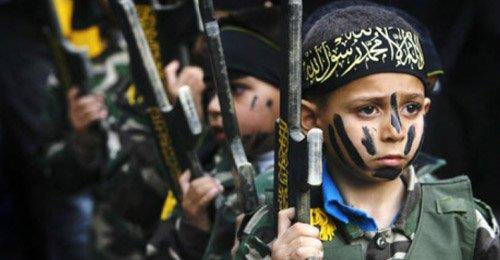
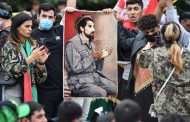
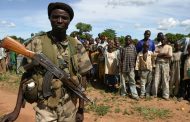
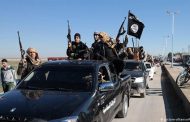
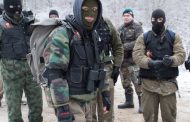
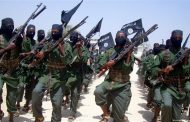

































admin in: How the Muslim Brotherhood betrayed Saudi Arabia?
Great article with insight ...
https://www.viagrapascherfr.com/achat-sildenafil-pfizer-tarif/ in: Cross-region cooperation between anti-terrorism agencies needed
Hello there, just became aware of your blog through Google, and found ...